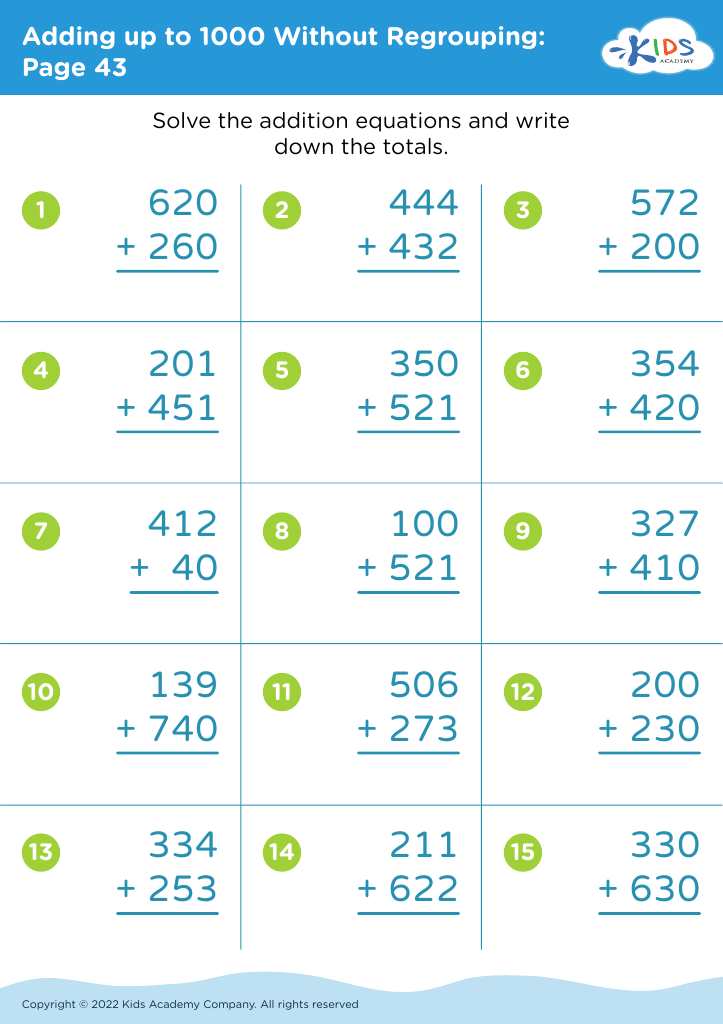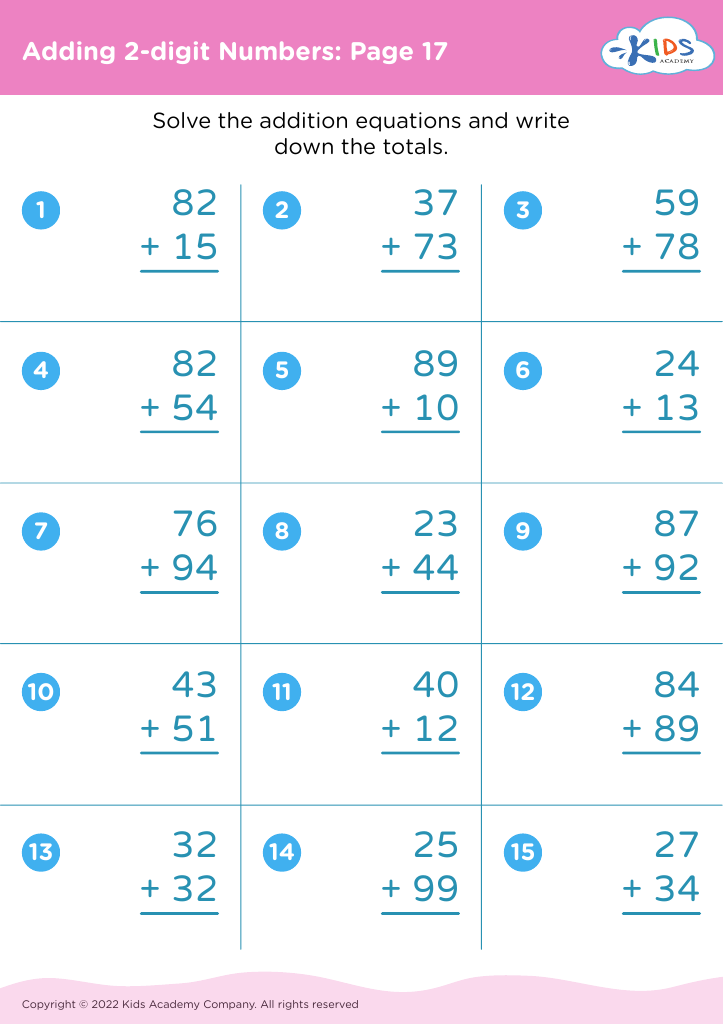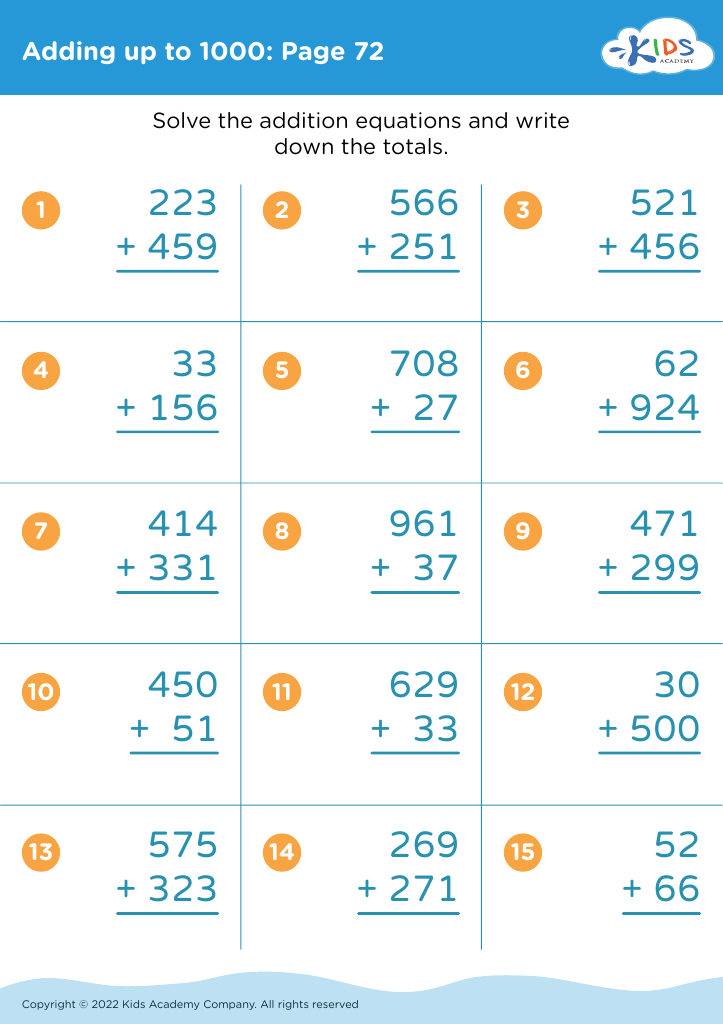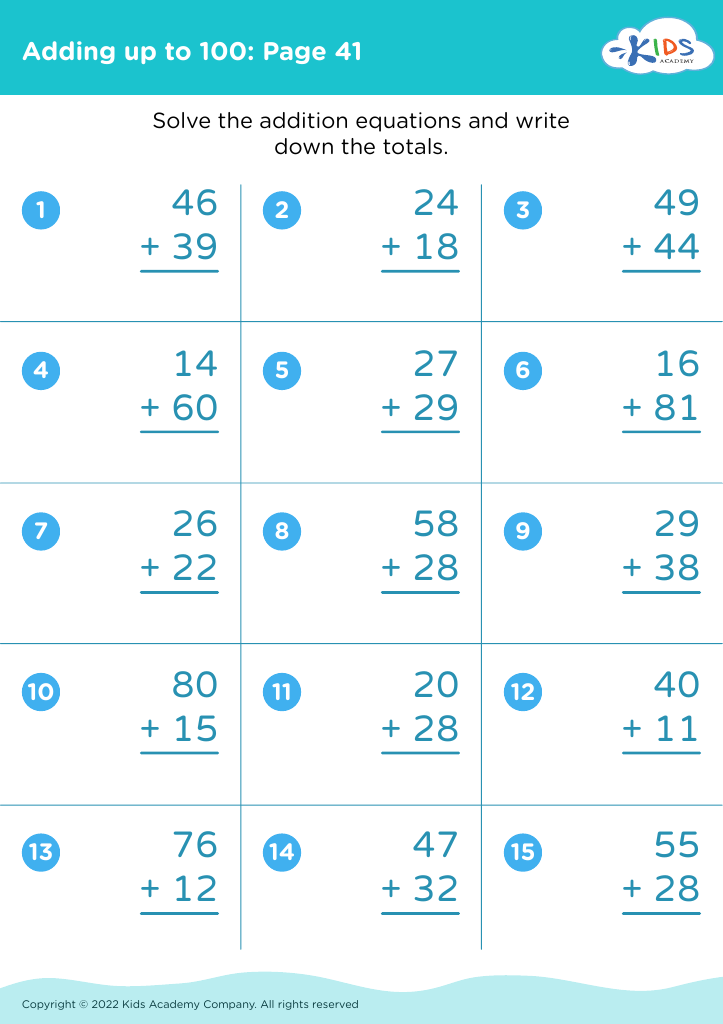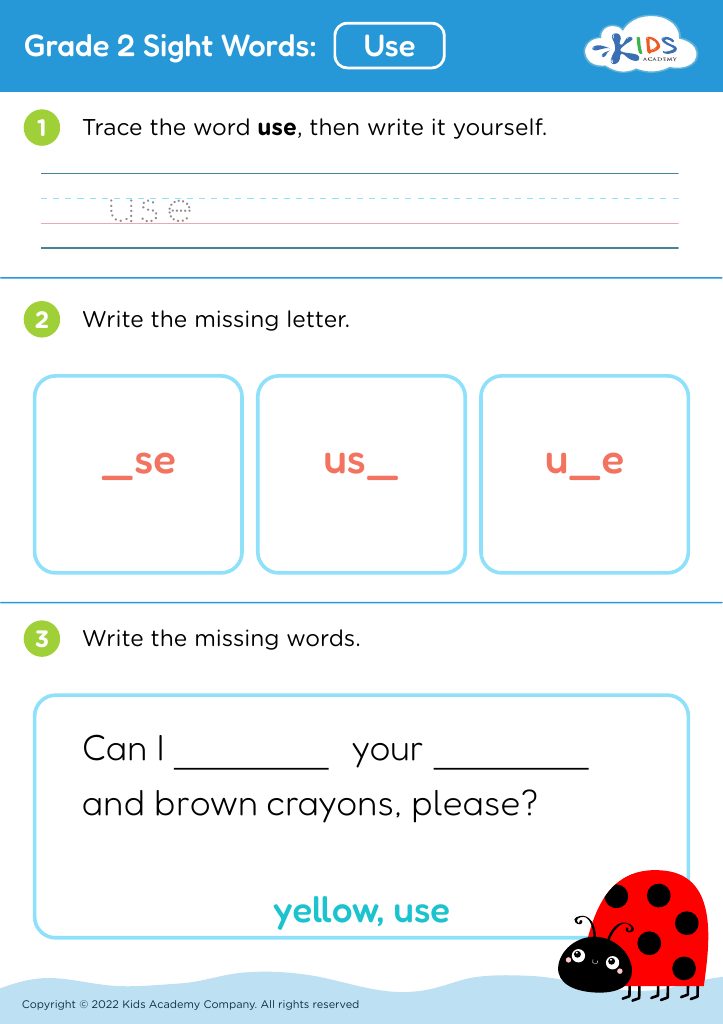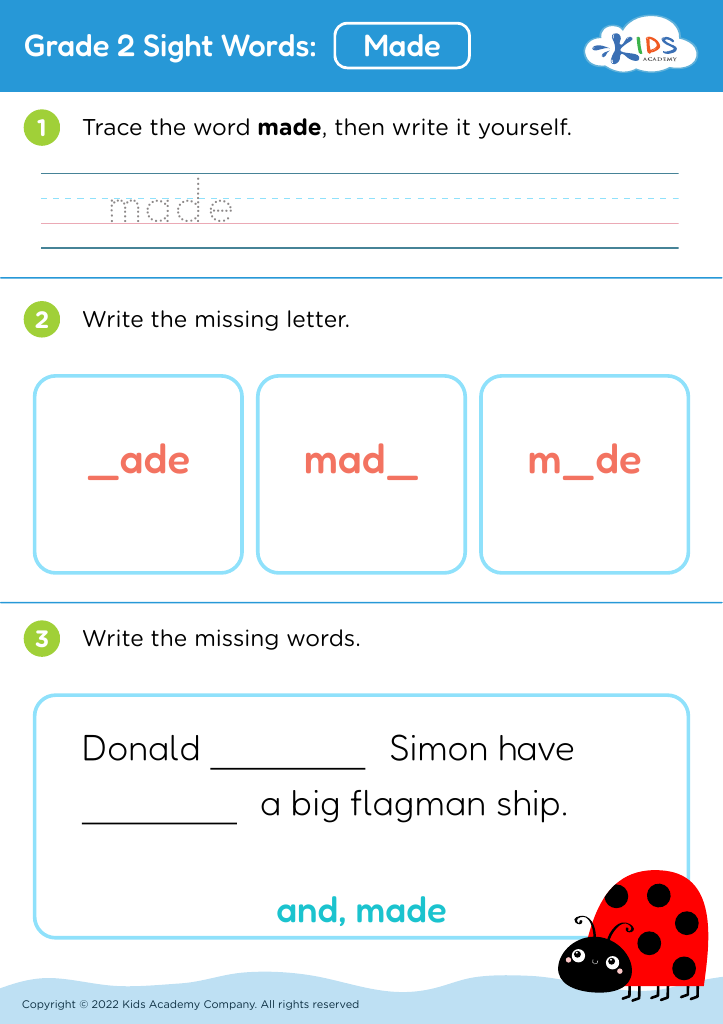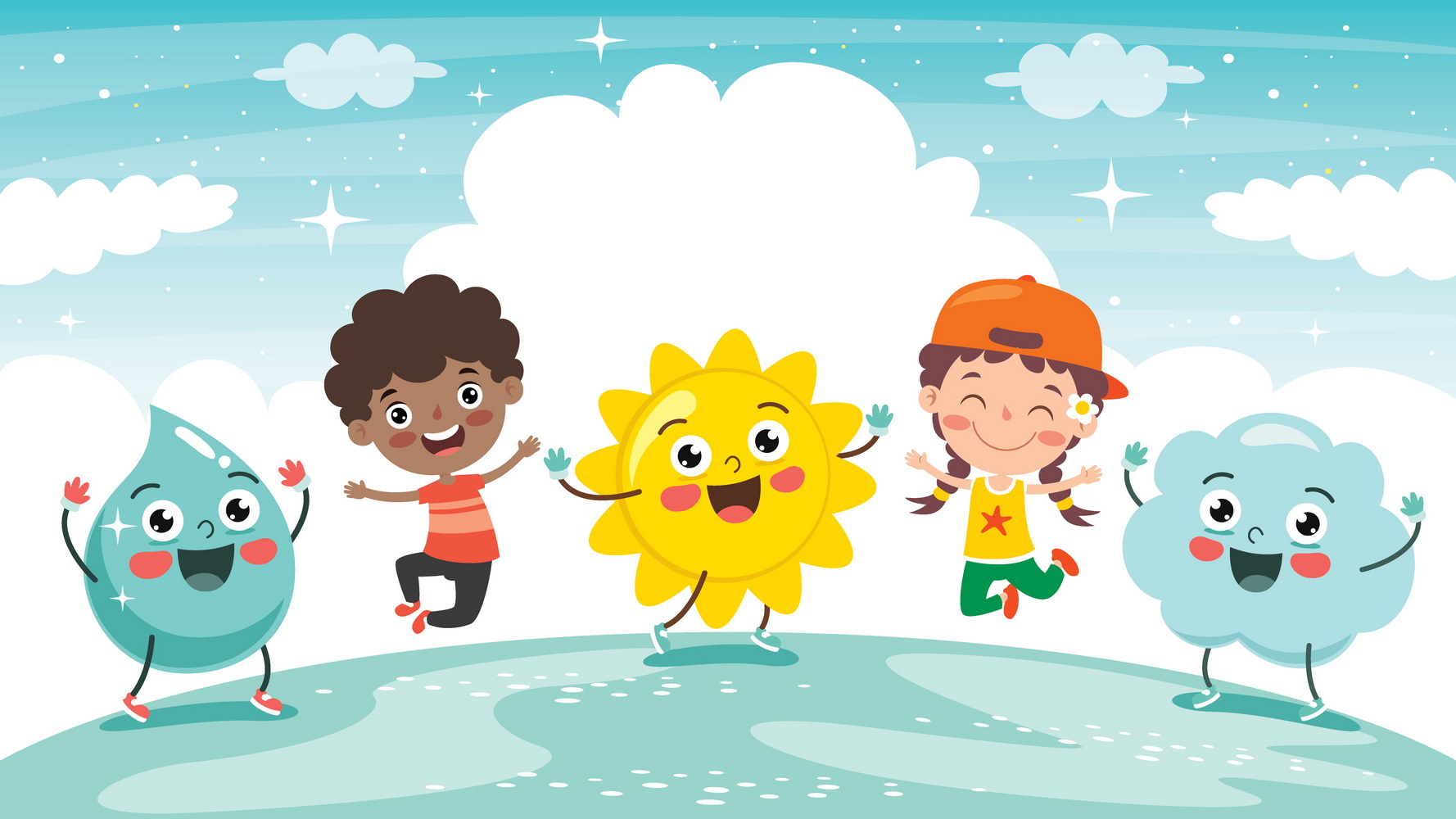Recognizing patterns is a fundamental skill for children aged 7-8, and it holds great importance for both parents and teachers. At this developmental stage, children are not only improving their cognitive abilities but also laying the foundation for critical thinking and problem-solving skills. Recognizing patterns aids in enhancing their logical reasoning, enabling them to make connections between ideas and concepts in various subjects, including math, science, and language arts.
For teachers, integrating pattern recognition into the curriculum fosters an engaging learning environment. It allows educators to introduce more complex concepts gradually and helps students develop perseverance as they work through challenges. Through activities like sorting objects, identifying sequences, or solving puzzles, teachers can provide interactive experiences that reinforce these essential skills.
Parents play a crucial role as well. By encouraging pattern recognition in everyday life—like sorting laundry by color or identifying shapes in the environment—they can support their child’s development. It nurtures a love of learning and builds confidence as children see their ability to understand and manipulate patterns grow. Overall, recognizing patterns is a vital building block that not only enhances academic success but also prepares children for future learning and real-life applications.
